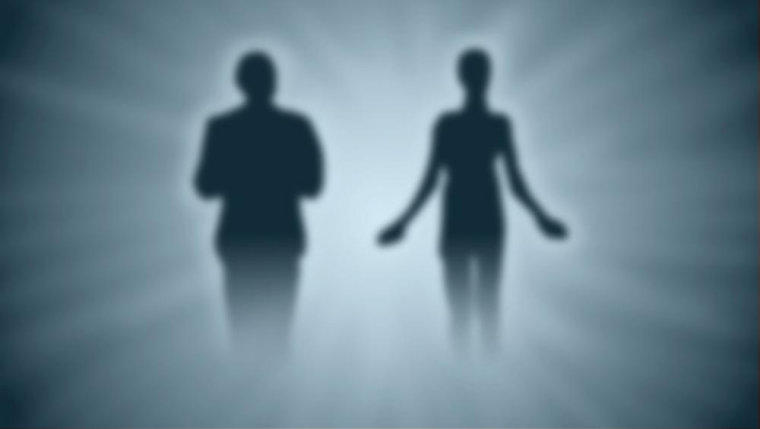
.





‘Knowledge is power’



World’s
encyclopedic
knowledge
compacted
in
your
hand





Please raise the vol to listen to the
lady airing awe @ the SINGLE author encyclopedia
William Peters was working as a volunteer in a hospice
when he had a strange encounter with a dying man
that changed his life.
The man’s name was Ron, and he was a former Merchant Marine who was afflicted with
stomach cancer. Peters says he would spend up to three hours a day at Ron’s bedside,
talking to and reading adventure stories to him because few family or friends visited.
When Peters plopped by Ron’s beside around lunch one day, the frail man was semi-
conscious. Peters read passages from Jack London’s “Call of the Wild” as the frail man
struggled to hang on. What happened next, Peters says, was inexplicable.
Peters says he felt a force jerk his spirit upward, out of his body. He floated above Ron’s
bedside, looking down at the dying man. Then he glanced next to him to discover Ron
floating alongside him, looking at the same scene below.
“He looked at me and he gave me this happy, contented look as if he was telling me,
‘Check this out. Here we are,’ ’’ Peters says.
Peters says he then felt his spirit drop into his body again. The experience was over in a
flash. Ron died soon afterward, but Peters’ questions about that day lingered. He didn’t
know what to call that moment but he eventually learned that it wasn’t unique. Peters had
a “shared-death experience.”
Most of us have heard of near-death experiences. The stories of people who died and
returned to life with tales of floating through a tunnel to a distant light have become a part
of popular culture. Yet there is another category of near-death experiences that are, in
some ways, even more puzzling.
Stories about shared-death experiences have been circulating since the late 19th
century, say those who study the phenomenon. The twist in shared-death stories is that
it’s not just the people at the edge of death that get a glimpse of the afterlife. Those near
them, either physically or emotionally, also experience the sensations of dying.
These shared-death accounts come from assorted sources: soldiers watching comrades
die on the battlefield, hospice nurses, people holding death vigils at the bedside of their
loved ones. All tell similar stories with the same message: People don’t die alone. Some
somehow find a way to share their passage to the other side. Next

You may also like:
The End of Britain Says Money Week
"Nada al-Ahdal" would rather die than be forced to child marriage
Video: How Porn Creates the John &Trafficking
Video: O M G Dance That You May Not Easily See
Empowering Book Newsletter






WOMEN’S POWER: ITS PAST, ITS PRESENT, ITS FUTURE: FEMOCRACY
WEB PAGES
OUR OFFERING
UPLOADED ITEMS
OUR EMAIL
kri200@womenspowerbook.org
QUESTION




















